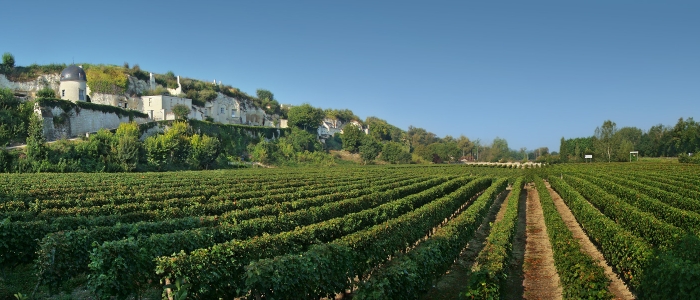A recent study of pinot noir samples scientifically justifies the notion of terroir

Blindly distinguishing a Volnay from a Pommard or a Meursault from a Puligny-Montrachet is not given to everyone. Burgundy produces wines characterized by their geography, called terroir in the wine world, and the best tasters can perceive a difference from one village to another. But can scientists provide proof of the existence of terroirs? A new study has proven yes.
Using technologies LIKE ultra-high resolution mass spectrometry, researchers found that grapes and wines had “chemical traces specific to [their] environmental conditions […] that helped identify what can be called “terroir”. The samples showed, for example, clear differences in the concentration of phenolic compounds, acids and sugars.
This study is not the first to look at the effects of a wine's terroir on its chemical composition. Its authors note, however, that "all previous studies had compared grapes and/or wines taken from different areas, regions or even countries", while this team of French and German researchers had for the first time restricted the distance from the vines two kilometers away.
They studied the chemical composition of each site over three different years and discovered, LIKE many others before them, that variations between vintages played a more important role in the chemical composition of the wines.
Their “analysis showed that even if the vintage had a greater impact, the main differences between terroirs were noticeable in the grapes of a given vintage. »
Rebecca Gibb
June 3, 2014
